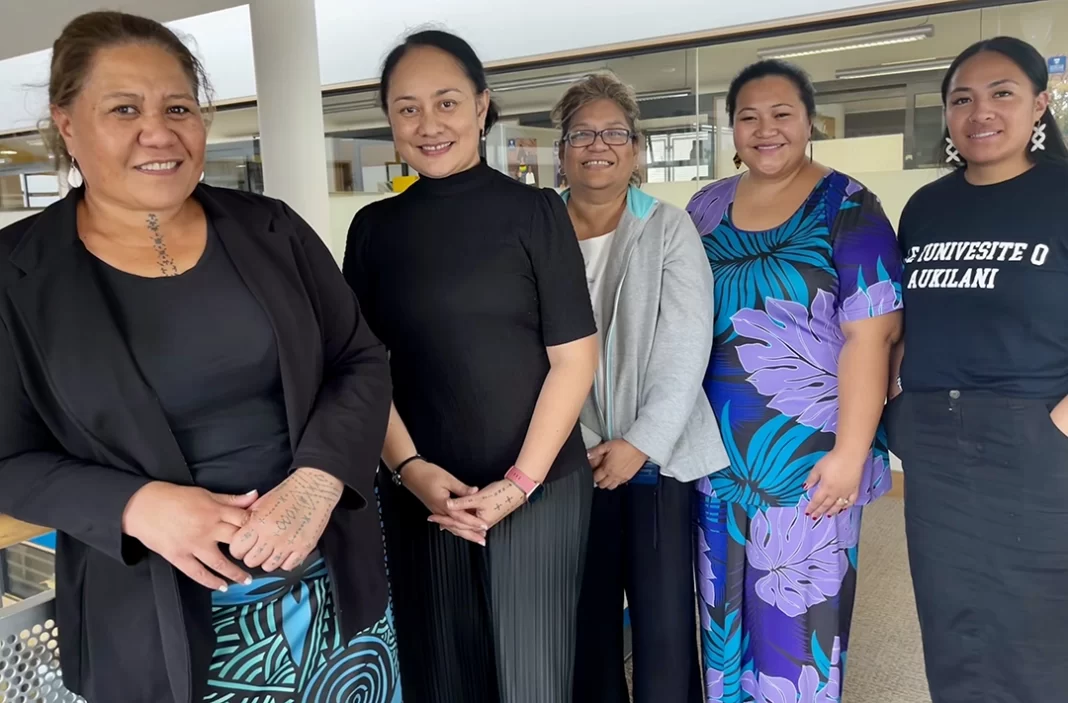The first ever Oceania Seabird Symposium has highlighted the importance of traditional and cultural knowledge to protect seabirds.
Held at the University of Auckland and organised by the Secretariat of the Pacific Regional Environment Programme, experts gathered from across the wider Pacific region to learn more about protecting Oceania seabirds.
SPREP Deputy Director General Easter Catherine Chu Shing says the decision was made last year to shift the symposium to New Zealand, and it was a great opportunity to hold the event at the University given its research work.
“Not much is known about the great threats to seabirds… the idea was to give it more focus and attention, and bring awareness to it. We wanted to look at what’s been done across the region, in other places like Australia and New Zealand, and by different organizations so that we could all share and learn from one another.”
Chu Shing says it was also invaluable to have the opportunity to meet with the University’s Office of the Pro Vice-Chancellor Pacific on 16 April, given the cultural significance of seabirds to Pacific culture.
“A key focus of the symposium this week has been highlighting traditional knowledge and the cultural aspects of seabirds. For example, in many Pacific countries, there’s a lot of cultural significance around seabird culture.”
Pro Vice-Chancellor Pacific Professor Jemaima Tiatia-Siau says it was an honour for the University to host the first ever Oceania Seabird symposium, and also introduce the team to the Deputy Director General of SPREP.
“To have an event dedicated to one of the guardians of our oceans – our seabirds, is an important milestone. Across the vast Pacific, seabirds have long been more than just creatures of the sea and sky. They are carriers of ancestral knowledge, navigators of weather and ocean currents, and messengers that connect our islands to one another and to the wider world.”
Professor Tiatia-Siau says it would come as no surprise to Pacific peoples globally that the University’s inaugural Pacific strategy Ala o le Moana (pathways through the ocean) employed the frigatebird, or manumanu ne caqi in na vosa vaka Viti as it’s known in Fiji, as a metaphor to symbolise the historic document.
“Seabirds are part of our identity as peoples of the Pacific, and with our expertise and connections throughout Pacific communities, we can find solutions to protect seabirds and their habitats,” says Tiatia-Siau.
Chu Shing added the participation of different scientists, practitioners and officials from SPREP’s 26 member countries at the symposium helped to foster collaboration.
“It’s about the sharing of information, knowledge, and also creating a network of those who are really engaged and passionate about this work, its bringing more emphasis to the link between scientific knowledge and the traditional knowledge; to help better understand the situation of seabirds.
“Seabirds are part of our environment, they are part of nature. They are us as well in many ways. And this week, in terms of that we’re doing for SPREP, is so important because we already have a Pacific action plan on seabirds, so this helps to implement that action plan.”
Chu Shing says her organisation would be looking at the outcomes of the discussion from the last few days to see how it would inform the work underway by SPREP, and also the work of its partners.
“This is the first one, and we’re looking at how often we will be meeting to help foster more collaboration, sharing of information and knowledge.”





